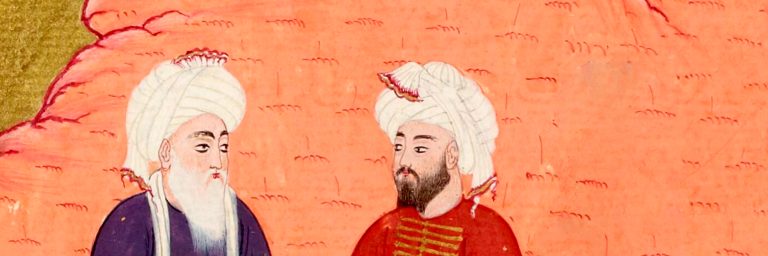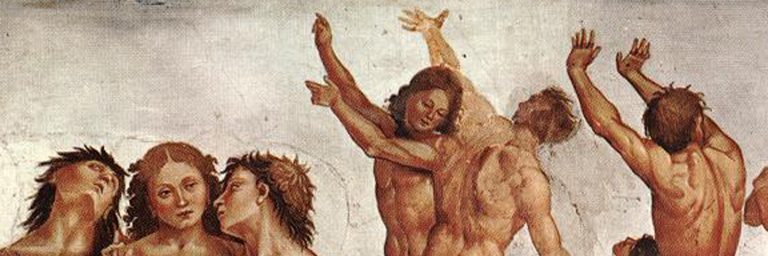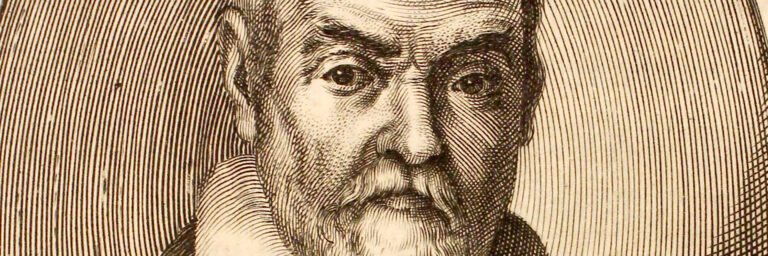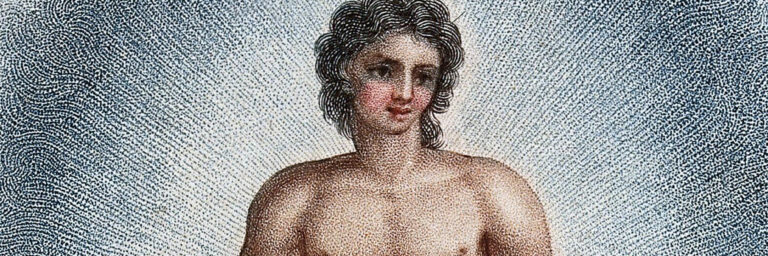Bodies in Balance

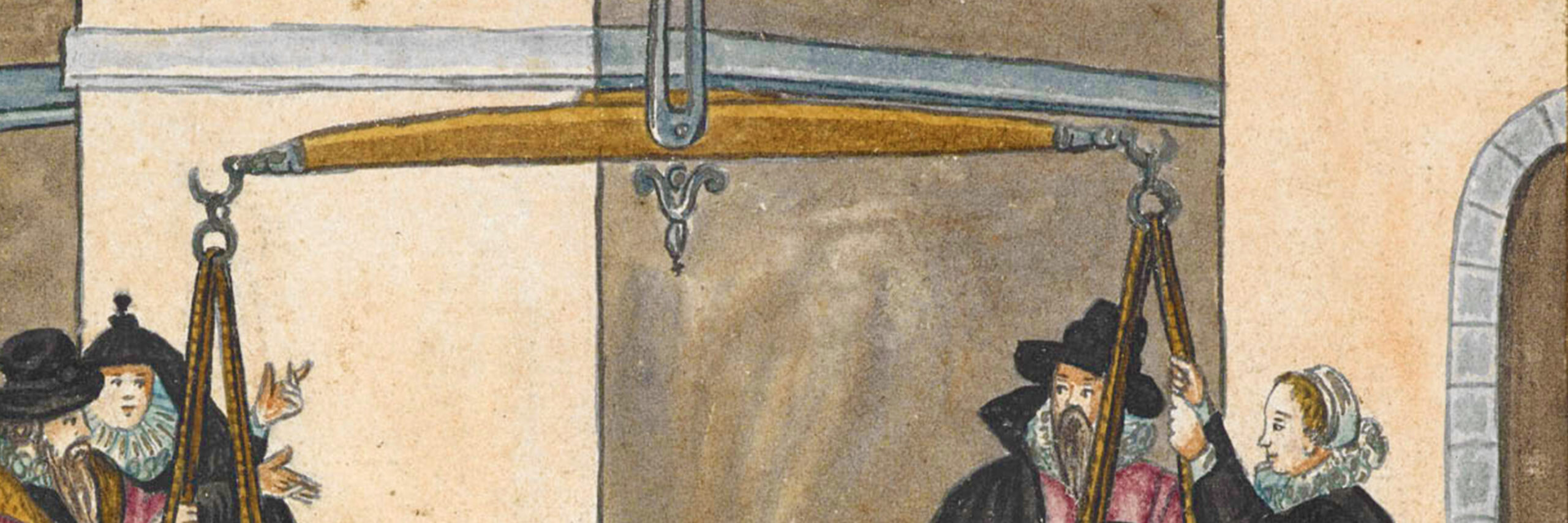
FORMA FLUENS
Histories of the Microcosm
Bodies in Balance
Santorio's Legacy in Baglivi's Physiopathology
Luca Tonetti
‘La Sapienza’
University of Rome
Santorio Fellow

In 1704, the Croatian physician Giorgio Baglivi (1668-1707), one of the leading representatives of Iatromechanics in Italy, published the Canones de medicina solidorum, a commentary to Santorio’s De Statica medicina. According to the preface to Giovanni Francesco Mauroceno, Baglivi used to recommend Santorio’s work to his students during his lectures at Archiginnasio in Rome. Since this text was out of print and therefore difficult to find, a Roman bookseller invited Baglivi to write some additional annotations to be added in a future reprint of that work. After some hesitation, Baglivi agreed and completed his commentary in only a few days.
We must recognise that this short commentary by Baglivi, consisting of 51 aphorisms (or “canons”), followed by nine additional “medical rules,” does not add anything new to what has been already claimed in his previous works. Baglivi’s analysis of Santorio’s De statica medicina is entirely placed in the more general framework of his fibrillary theory, which is provided in De fibra motrice et morbosa (1702). However, this work contributed to the spread of Santorio’s thought in eighteenth-century medicine.
My paper at Santorio International Conference was mainly concerned with these two issues: what role did Santorio’s De statica medicina play in Baglivi’s medicine? And how did Baglivi adapt that work to both the new challenges of medical practice and the new discoveries of modern anatomy and physiology? I believe that the answer should be found in the concept of “balance”: Baglivi turns the idea of humoral eukrasia into a “dynamic equilibrium of forces” interacting between solids and fluids of the body.
Baglivi’s Physiopathology and the Concept of Balance
The key to understand Baglivi’s operation lies in can. 31:
Qui Staticen Solidorum oscillantium, & Liquidorum currentium, vel traditam ab aliis, vel a nobis in libris de Medicina Solidorum, sive de Fibra Motrice, & Morbosa explicatam possidet ipsam Sanctorii Staticen, atque clavem plurium difficilium morborum naturam reserandi, tollendique possidet.
So, only those who know the “statics,” i.e. the balance between solids and liquids in the body, holds the same statics of Santorio and can properly treat diseases. But how?
Baglivi believes that his fibrillary theory is the most plausible hypothesis to understand Santorio’s statics and exploit its potential in medicine: alternative hypotheses, as that of cardimelech, archeus, or acids-alkalis distinction are definitely untenable:
Æquilibrium solidorum, & liquidorum, divisio fibrarum in systema carnearum, & membranearum; vis, origo, effectus, oscillatio, & Mechanice solidorum corporis animati; […] ad assequendam Sanctorii Staticen, & reconditas morborum indicationes eruendas præ aliis hypothesibus utiliores, clarioresque videntur (can. 41).
Therefore, we need to briefly explore the main features of his fibrillary theory.
Baglivi distinguishes between two types of fibres, membraneous and motor/muscular, which not only differ in origin, structure, and function, but belong also to two different but strictly interrelated systems, directed respectively by the dura mater and the heart.
In the first system, the dura mater supervises all vessels, glands, and viscera as a result of its physical and material proximity with them, that is with all the parts of the body that share its same membraneous substance. This implies that the movement of the dura mater is transmitted to all the other parts of its system by means of pure contact. This applies also to the second system, in which the heart, through the blood circulation, directs muscles, tendons and bones, which consist of muscular (and not membraneous) fibres.
However, although there seems to be a mutual correspondence between the two systems, the system of the dura mater, reaching every part of the body by means of its membranes — even muscles — exercises control and transmits its motion over the entire body, heart too. A problem of balancing solids and fluids is thus clearly at stake here.
Every affection on the dura mater immediately affects what happens in the heart and, consequently, in its fluids. The dura mater is, moreover, inevitably stronger than the heart. Heart accomplishes blood circulation thanks to a series of physical aids, as the pressure exerted by the air in the lungs, the vessels’ structure and diameter, the action of valves, the muscles’ contraction, and so on, that all oppose and reduce the resistance of solids. Conversely, the dura mater is able, at the same time, to contract a solid (and not a fluid) like the brain and to diffuse the nervous fluid throughout the body, without any support.
Restoring the balance between solids and fluids is therefore not a trivial task because it involves this complex relationship between the meninges of the brain and the heart. At the very beginning of the chapter 6 of De Fibra, Baglivi gives a tentatively definition of balance:
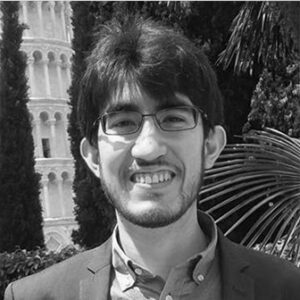
Luca Tonetti (1989) is an historian of science and medicine. In 2017, he has obtained a PhD in Philosophy and History of Philosophy at the Dept. of Philosophy, Sapienza University of Rome, discussing a dissertation on Giorgio Baglivi’s De praxi medica (1696) and his Hippocratic-Baconian methodology. He received his BA and MA degrees in History of science from Sapienza University. In 2018, he graduated in archival science at the Vatican School of Palaeography, Diplomatics and Archives Administration, Vatican City. His research interests lie in the history of science and medicine (17th and 18th centuries), with a particular focus on the history of anatomy and medical practice (clinical methodology, experimentation in medicine).
Nec a nobis in hac materia æquilibrium juxta ejus strictiores leges, utque a Mechanicis; atque Hydraulicis sumitur, accipietur; At æquilibrium inter motum oscillationis villorum, seu solidorum membranosorum unius partis cum solidis membranosis alterius; dicemus proportionem quamdam inter motum duræ matris, & motum cordis, inter motum successivum; sive oscillatorium villorum membranosorum cum motu villorum carnosorum; Inter fibras perpetuo se contrahentes; & inter fluida ad contactum fibrarum currentia; Denique inter fluida, & fluida tum homogenea, tum etherogenea per diversos canals, variisque motus inclinationibus decurrentia […].
Thus, balance is not the exact equilibrium of mechanics or hydraulics, but a “proportion” of sorts between solids and solids, fluids and fluids, solids and fluids, which can be derived only from direct observations and bedside experiences. Hence, balance is not the exact equilibrium of mechanics or hydraulics, but a “proportion” of sorts between solids and solids, fluids and fluids, solids and fluids, which can be derived only from direct observations and bedside experiences.
Some Clinical Implications
We can try to draw some clinical implications. Baglivi and Santorio seem to observe and examine the same phenomena but at different levels and in different ways. Santorio’s annotations on some crucial bodily processes such as digestion, evacuation, perspiration and so on are correct and still valid because all suppose and involve the mechanism of balance between solids and fluids identified by Baglivi.
So, Baglivi tries to “translate” Santorio’s statics into his physiopathology, as for example in can. 38, about concoction: “Coctio humorum in laxitate debita solidorum, & liquidorum consistit; cruditas vero in contractione, ac veluti confusione strangulationeque eorumdem.”
But Baglivi’s attention on the balance between solids and fluid can be useful also in experimentation. In can. 28, for example, Baglivi states that it is difficult to understand the action of drugs without considering the relationship between solids and fluids in the body:
Perspectam habere velle mechanicen, qua agunt medicamenta in curatione morborum, difficile est; nisi habeatur notitia Statices Solidorum, & Liquidorum, cognitioque æquilibrii, virium, & resistentiarum inter ipsa […].
This is the reason why Baglivi prefers testing drugs in vivo by means of infusory surgery that, without being limited by the physical constraints of anatomical dissections, can act directly and simultaneously on both solids and fluids.
This is the case, for example, of the much-debated problem of the action of vesicants. Contrary to what was claimed by Van Helmont, Baglivi argues that vesicants may be useful, under certain conditions. In De usu et abusu vescicantium he aims at accurately distinguishing the cases in which such an application is permitted and the cases in which it is not, by infusing Cantharides tincture in dogs.
Experiments show that the action of the drug infused may be reduced because of the length of the blood vessel and hence the distance from the heart but also the resistance of both the blood and the vascular system (for example, vessel wall). Thus, the drugs’ effects depend on solid-fluid relationship.
Conclusions
This short overview firstly shows how Baglivi was influenced by Santorio. De statica medicina serves as a bridge joining two apparently different and opposite fields of research in Baglivi’s medicine: on one hand, the reform of medical practice against the spread of “systems” in medicine, described in De praxi medica (1696), and on the other the foundation of a fibrillary “system” through which physicians can interpret normal and diseased conditions. In other words, Santorio’s statics enables Baglivi to show how a “system,” if correctly informed by what really happens in nature through observations and experiments in vivo, can be useful and plausible in medicine. However, at the same time, Baglivi tries to provide also a somehow updated version of Santorio’s work, in order to make it compatible with the new discoveries of modern physiology, such as blood circulation, that Santorio inevitably ignored. Therefore, Baglivi’s Canones offers a valuable means to investigate the transmission of Santorio’s De statica medicina during the eighteenth century.



